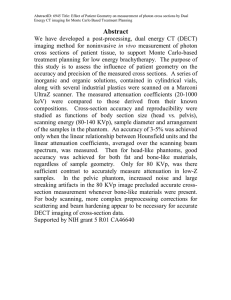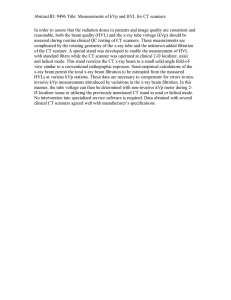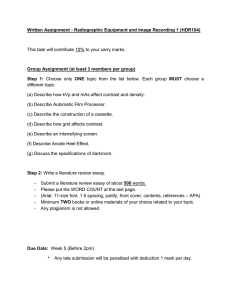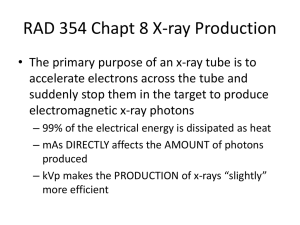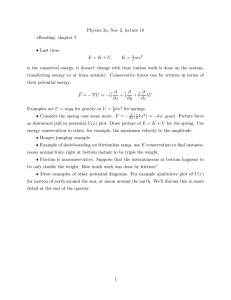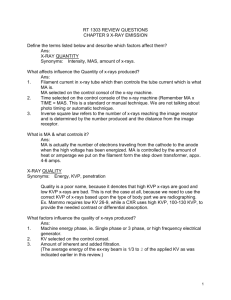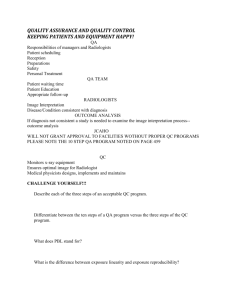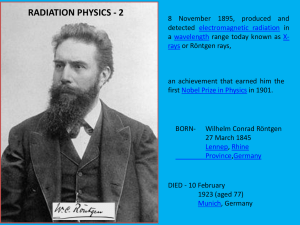Traditional approaches to diagnostic x-ray shielding (e.g. NCRP report #49)... the unattenuated primary beam impinges directly on the structural shielding...
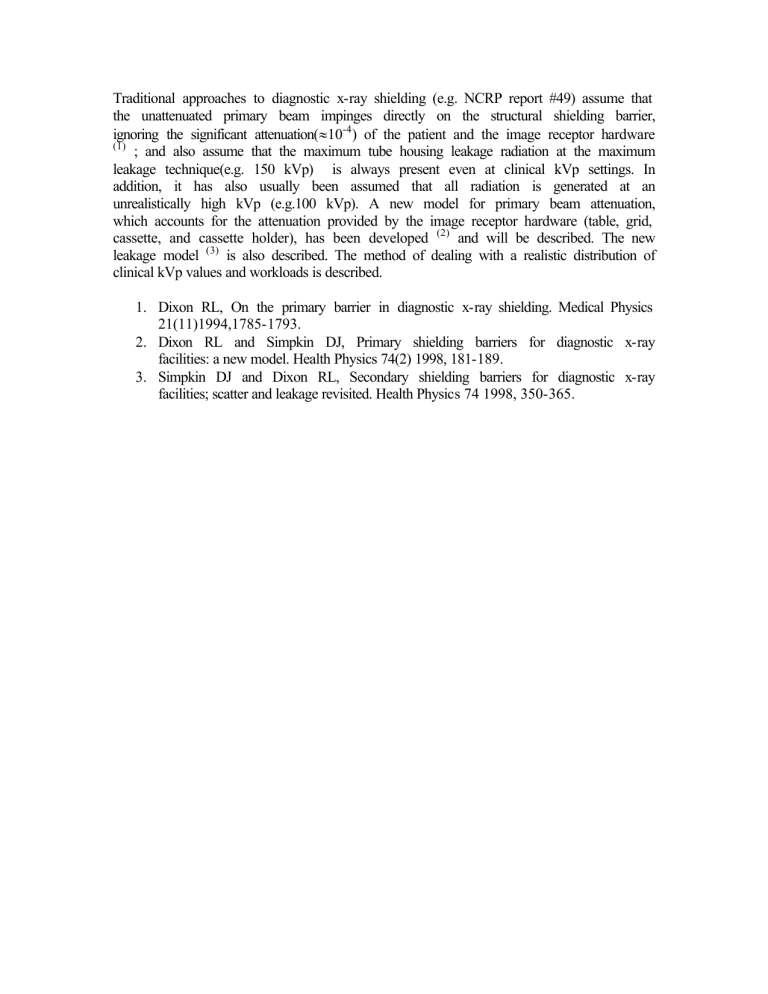
Traditional approaches to diagnostic x-ray shielding (e.g. NCRP report #49) assume that the unattenuated primary beam impinges directly on the structural shielding barrier, ignoring the significant attenuation(
≈
10
(1)
-4
) of the patient and the image receptor hardware
; and also assume that the maximum tube housing leakage radiation at the maximum leakage technique(e.g. 150 kVp) is always present even at clinical kVp settings. In addition, it has also usually been assumed that all radiation is generated at an unrealistically high kVp (e.g.100 kVp). A new model for primary beam attenuation, which accounts for the attenuation provided by the image receptor hardware (table, grid, cassette, and cassette holder), has been developed
(2)
and will be described. The new leakage model
(3)
is also described. The method of dealing with a realistic distribution of clinical kVp values and workloads is described.
1. Dixon RL, On the primary barrier in diagnostic x-ray shielding. Medical Physics
21(11)1994,1785-1793.
2. Dixon RL and Simpkin DJ, Primary shielding barriers for diagnostic x-ray facilities: a new model. Health Physics 74(2) 1998, 181-189.
3. Simpkin DJ and Dixon RL, Secondary shielding barriers for diagnostic x-ray facilities; scatter and leakage revisited. Health Physics 74 1998, 350-365.

